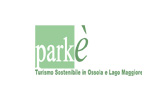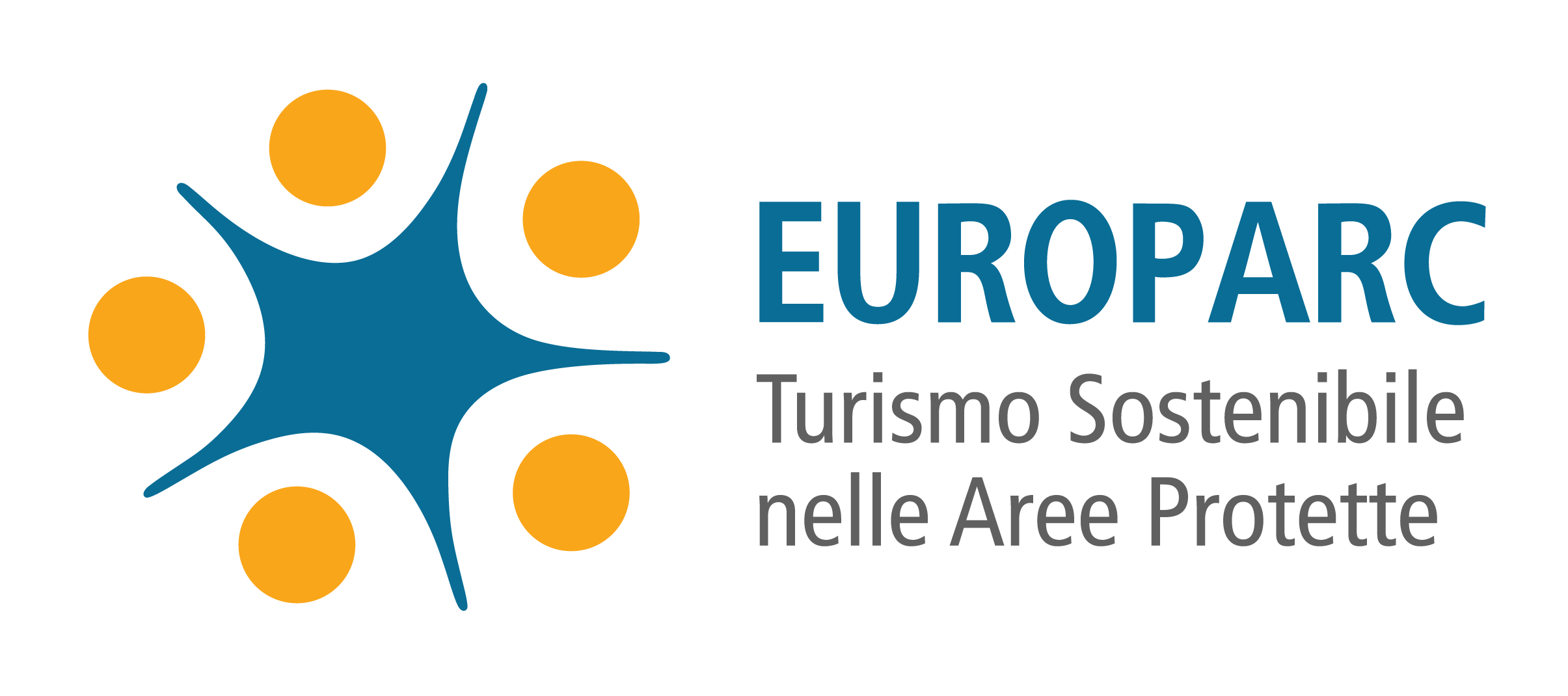The Gries Mountain Pass (Passo del Gries), residing at 2,479 meters of altitude between the Formazza Valley (Val Formazza) and the Upper Valais (Alto Vallese) area, has for five centuries comprised the most direct link between Lombardy and central Switzerland. From Milan to Bern, from the Mediterranean to the Central European Plains, the Gries Mountain Pass has seen people, merchandise, and ideas flow through. This road was a commercial one, a caravan road crossed by long lines of mules full of merchandise. From the north, livestock, skins, and cheese (such as the Bern Oberland “sbrinz”), as well as luxury products such as the Engelberg crystals, would come down the mountain pass, whereas from the south, Lombardy fabric and silk and especially the Ossola wine would be exported up through the mountain pass and down to the Court of France.
On the 12th of August of 1397, at Munster, which was the capital of Goms, area of origin of the Walser people, representatives from Ossola and the Formazza Valley would come together with those of the city of Bern, of the Interlaken Abbey, and of the communities of Hasli and Goms, to sign a convention which would guarantee a joint effort towards the opening of a commercial road linking Milan and Bern. This led to the building of a great road in the Heart of Europe 600 years ago. The contract made provisions for the construction and maintenance of a road that from Grimsel, through Gries, would come down to Ossola and in particular so as to favor commercial activities between the north and Lombardy. All parties would make an effort in keeping the part of the road in their area well-kept and viable to those in such area: the people of Bern would do so up to the Grimsel Mountain Pass, where in those very years a hospice was put in place, the people of Munster would take care of the road from Grimsel to Gries, and those of Formazza would look after the road up to the mountain pass. The regulations relative to the excise duties to be collected as well as the safety that each community would have provided were also established.
The process of recovery of the historical memories and collaboration spirit which still strives among mountainous populations on both sides of the boundary have contributed to the recent revaluation of this ancient Historic Way: as to 2002 the Gries Way has entered one of the 12 Cultural Itineraries of national interest in Switzerland. The Itinerary is known as “Via Sbrinz” (or as the “Sbrinz Route”), a seven-stage journey from Lucerna to Domodossola for those wanting to rediscover the emotions experienced when walking along the routes of history at a leisurely pace through the mountains.
Every summer the itinerary’s history is recalled through its being crossed by a long caravan of people, mules, and merchandise.
www.sbrinz-route.ch
The Gries Way path, except for the tract pertaining to the Gries Mountain Pass, for the greatest part takes place at the bottom of valleys, across inhabited centres and in proximity of the main (SS659) road system. There are numerous possibilities as far as accommodation and food and drink consumption along the valley are concerned allowing us to choose the length of each stage according to our level of preparation. From Crevoladossola to Ulrichen we must however consider breaking up the path into a minimum of 3 stages. Nevertheless, for those wishing to walk slowly, at the discovery of natural, historical, and cultural wonders of the valley, we suggest breaking the path up into 4 stages.
The route:
Gries Way (Via del Gries) / Sbrinz Route (Via Sbrinz)
The stages of this route:
GRIES WAY: Stage 1: Crevoladossola/Montecrestese - Baceno
GRIES WAY: Stage 2: Baceno – Ponte (Formazza)
GRIES WAY: Stage 3: Ponte - Riale
GRIES WAY: Stage 4: Riale – Gries Mountain Pass (2479) - Ulrichen











